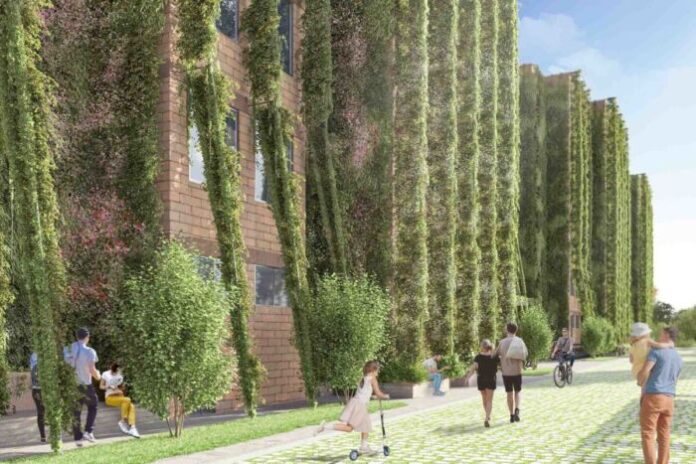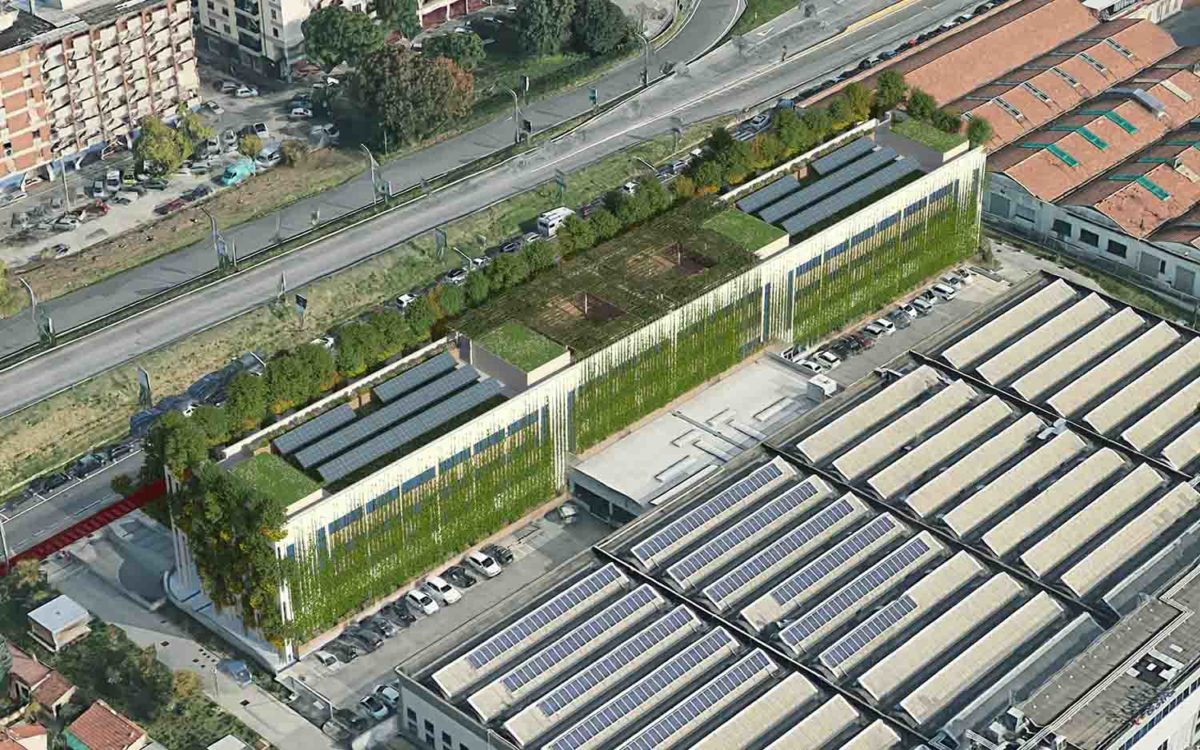
Redesigning urban areas with high population density and regenerating disused urban areas in a green key: this is the objective of “Prato Urban Jungle”, the green architectural recovery project born from the idea of the architect Stefano Boeri and Professor Stefano Mancuso , presented a few days ago in Prato.
The idea is to give a new and different life to the neighborhoods and buildings of the city of Prato. The recovery of unused urban structures is certainly one of the strong points of the project: old industrial buildings, historic buildings or, in any case, urban wrecks, which are part of the architectural fabric and historical heritage of the city, will be restored and re-functionalized. Refunctionalization has been known to men since the dawn of time and is the best way to recover what already exists and part of our environment, avoiding extending our destructive desire to build on a wider range, with the consequence of subtracting new green surfaces and nature.
Recovery and refunctionalization should become a common goal, be it industrial wrecks or disused historic neighborhoods. In an environmentally sustainable perspective, the city today should focus on what it already has available, before choosing new lots to colonize.
The other objective of the project is to create real green hubs that become a meeting place and environmental use for citizens; the trees, already very present in the city of Prato (there is talk of over 29,000 publicly owned trees in the avenues, parks and along the roads), will improve the quality of the air and life and restore the properties of the soil. The project foresees a close union between architecture and greenery: in fact, green areas will be an integral part of the urban structure.
The first urban jungle will concern the ESTRA building and the surrounding area; the area was chosen as it is affected by a strong traffic presence. The second point chosen is an urban sector with a high population density: social housing with the associated problems of marginality make it a good place for experimentation. Improving living conditions in these areas also has the aim of improving social cohesion. In addition, the management of green areas by the community will allow citizens to instill greater awareness of the ecological heritage, educating them to greater respect for the environment.
Finally, an urban jungle will affect a building in the historic district of the city; the area was chosen because it has many unused spaces and an urban redevelopment project is already underway for this area.

The three urban jungles will also have the function of improving the microclimate, providing shade and mitigating the action of the sun’s rays. The chosen areas, therefore, will present beautiful vertical woods surrounded by equally green. After all, it is a knowledge that we have lost over time that of knowing how to make buildings live with nature; the gardens and viridaries of ancient Rome are a perfect example, but certainly not the only one possible.
“Prato Urban Jungle” is an ambitious and interesting project that aims at eco-sustainable urban planning. The green challenge is certainly complicated and difficult to solve, which is why we should welcome these projects in which we manage to combine the ecological turning point in a balanced way with what is already structurally existing.
The hope is that this project, like the many others already under way, will be an example and a spur for careful reflection on the future and on eco-sustainable architecture; rethinking the urban planning of our cities is certainly a way to recover an optimal relationship with the environment and to give an “environmentally friendly” turn to our “dominion” over the space around us. It should not be “domination”, in fact, but coexistence.



































